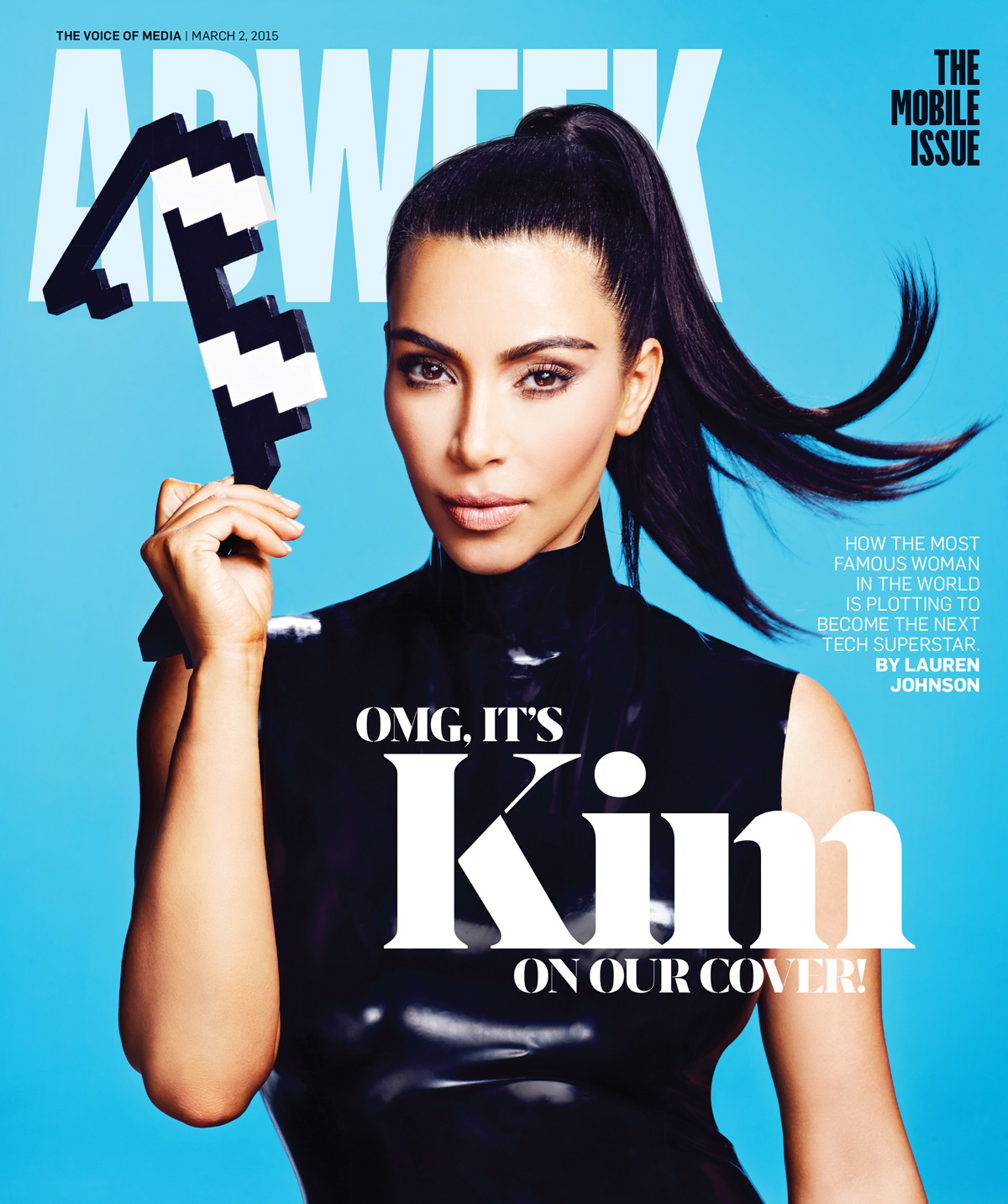Consumers believe a product is more effective when images of the product and its desired outcome are placed closer together in advertisements, according to a study in the Journal of Consumer Research.
By MediaStreet Staff Writers
“Merely changing the spatial proximity between the image of a product and its desired effect in an advertisement influences judgment of product effectiveness. Consumers tend to judge the product to be more effective when the two images are closer versus farther apart,” write authors Boyoun Chae (University of British Columbia), Xiuping Li (National University of Singapore), and Rui (Juliet) Zhu (University of British Columbia).

Many advertisements promoting the effectiveness of a product show both a product image (anti-wrinkle cream) and an image of the promised results (a face without wrinkles). Objectively, the distance between the two images should not affect how consumers judge the product’s quality.

In a series of studies, consumers were asked to judge the effectiveness of a variety of products promising specific results (acne cream, pain reliever, nasal allergy spray, bug spray, fabric softener). Consumers tended to assume a product was more effective when its image was placed closer to that of its promised effect. The proximity of the images was more influential when consumers were less knowledgeable about a product category or when the results were expected sooner rather than later.

Companies should understand the subtle effect that spatial proximity between images has on consumer judgment of product effectiveness. When companies want to promote the immediate effects of their products, images of the product and its desired effect should be put closer to each other in an advertisement.
“The spatial proximity between visual representations of cause and effect in an advertisement can influence consumer judgments of product effectiveness. The closer the distance between an image of a product (an acne treatment) and that of its potential effect (a smooth face), the more effective consumers will judge the product to be,” the authors conclude.
Do you supply services to the Irish Media Industry? Have you listed your company in our Media Directory? It’s free! Everyone’s favourite price! Click here to do it now.



























